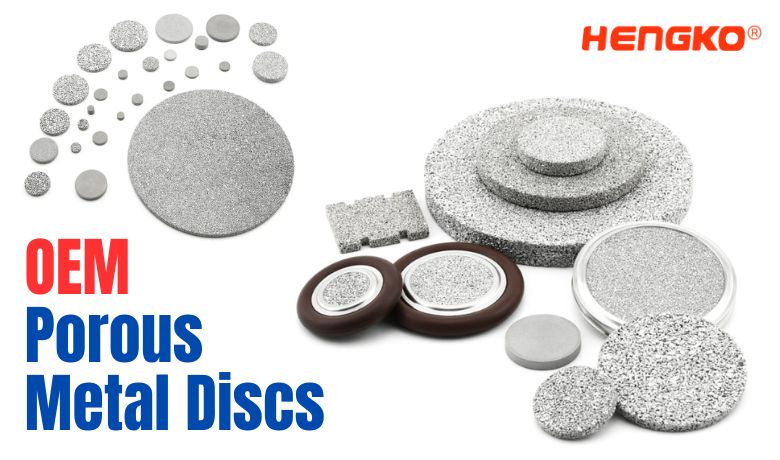-

Stainless Steel Sintered Disc Filter Porous Metal Element for Gas and Liquid Filtration
Introducing the HENGKO sintered disc filters, the ultimate solution to all your filtration needs! Our sintered disc filters are designed to trap solid part...
View Detail -
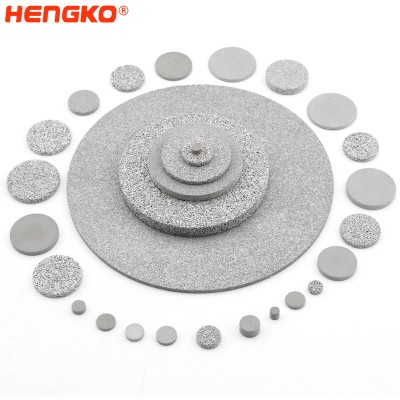
Porous metal ss sintered filter disc with fast flow rate for micron-sized filtration ap...
Introducing HENGKO's Sintered Disc Filters: Unleash the Power of Superior Filtration! When it comes to effective filtration, HENGKO's sintered disc filters ...
View Detail -
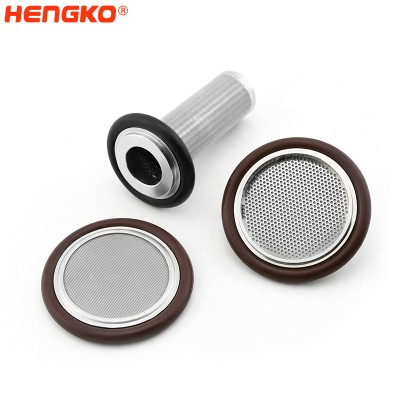
vacuum KF certering ring with Sintered Metal Filter
Product Describe The Flange Connections Centering rings with Sintered Metal Filter in vacuum technology are used up to the high vacuum range of 10 to -7 mbar...
View Detail -
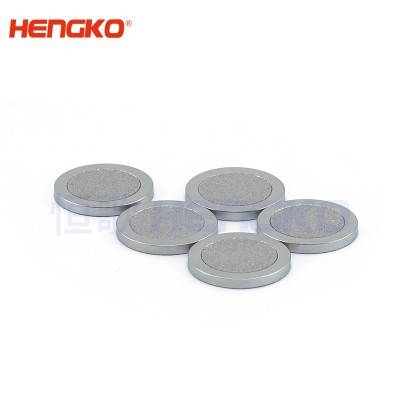
Large stock fast flow rate micron sintered SS 316L porosity backwash in-line gasket st...
Product Describe HENGKO sintered disc filters consist of highly uniform, interconnected networks of pores with tortuous paths that trap solid particles in g...
View Detail -
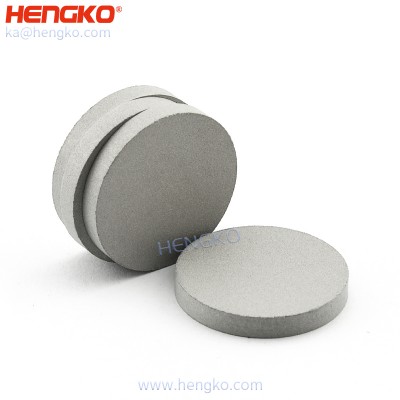
Sintered 0.2-120 micron 316L stainless steel metal powder filter disc
Product Describe HENGKO stainless steel filter disc is made by sintering 316L powder material or multilayer stainless steel wire mesh at high temperatures. T...
View Detail -
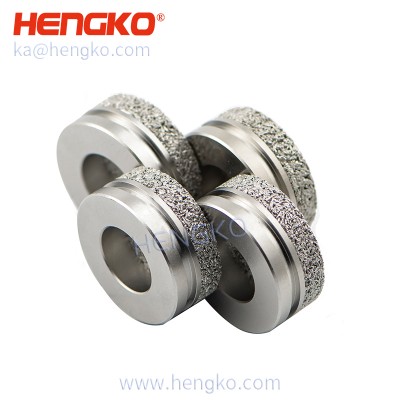
Customized size seamless sintered porous metal stainless steel 304/316L powder sinterin...
Introducing HENGKO's Sintered Filter Disc for Helium Leak Detectors: Unparalleled Performance and Efficiency! Product Features:- High Filtration Effi...
View Detail -
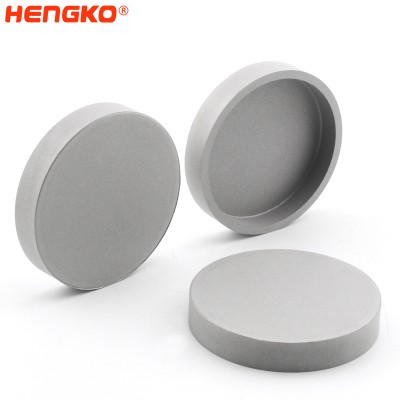
Professional manufacturer 5 20 microns porous metal sus 316l ss stainless steel sintere...
HENGKO Stainless Steel Filter Disc – High Performance Filtration Solution HENGKO’s stainless steel filter disc is the ultimate solution for all your ...
View Detail -
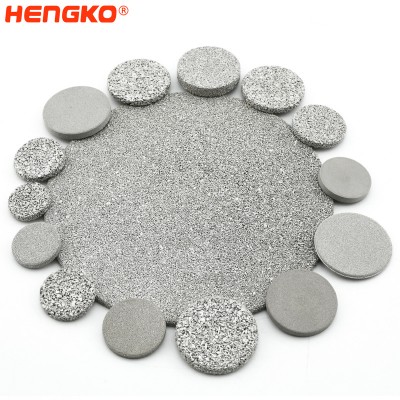
Preferential supply 0.2-120um sintered 316 stainless steel porous metal backwash strain...
Introducing the HENGKO Stainless Steel Filter Disc, the ultimate solution for all your environmental protection, petroleum, natural gas, chemical, environme...
View Detail -

Factory direct sale sintered microporous metal stainless steel 316L filter strainer dis...
Product Describe HENGKO stainless steel filter disc is made by sintering 316L powder material or multilayer stainless steel wire mesh at high temperatures. T...
View Detail -
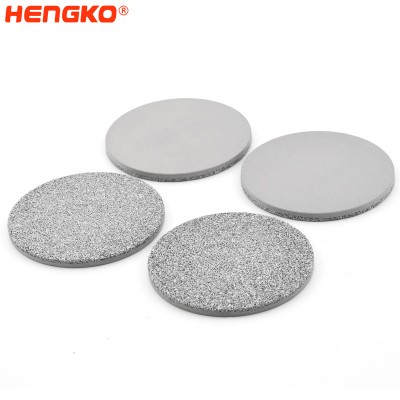
Manufacture sold and factory price 0.2 0.5 2 5 10 15 20 40 60 90 100 micron porosity ...
HENGKO stainless steel filter disc is made by sintering 316L powder material or multilayer stainless steel wire mesh at high temperatures. They have been wid...
View Detail -
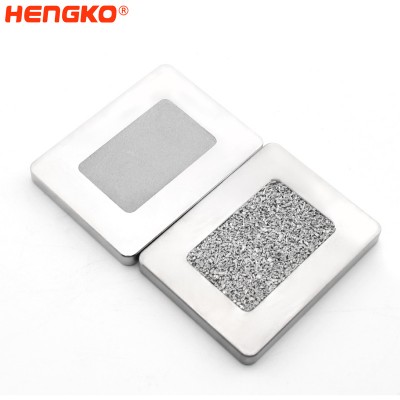
Customized sintered powder SS 316L stainless steel filter disc, 0.2 5 7 10 30 40 50 70 ...
HENGKO stainless steel filter disc is made by sintering 316L powder material or multilayer stainless steel wire mesh at high temperatures. They have been wid...
View Detail -
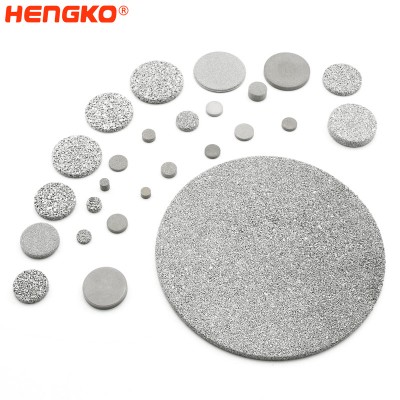
Custom-Make microns sintered porous stainless steel metal 316L filter disc used for ind...
Product Describe HENGKO is proud to offer a wide array of filter elements that cater to the unique needs of each customer. Our team of experts can create cus...
View Detail -
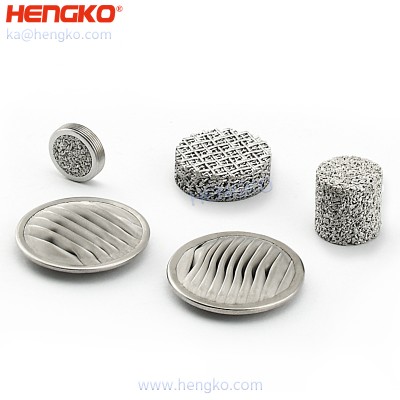
small sintered stainless steel mesh disc filter for use on inkjet Printers
Sinter wire mesh filters are usually used for purification and filtration of liquid and gas, separation and recovery of solid particles, transpiration coolin...
View Detail -
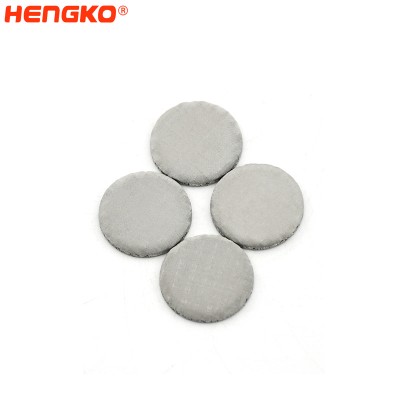
Catalyst Filtration with Leaf Filters Sintered Metal Mesh Filter Disc for the Recovery ...
HENGKO manufactures filter elements in a broad range of materials, sizes, and fittings so they can be easily specified with the characteristics and configura...
View Detail -
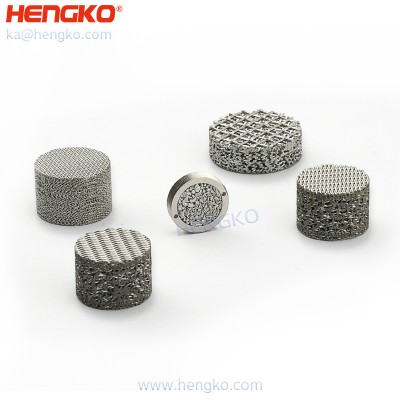
Medical grade micron stainless steel 316 316L wire mesh multi-layer plate / disc filter...
HENGKO sintered wire mesh filters have 5 sintered wire mesh layers with self-supporting construction for high mechanical strength and high-temperature resist...
View Detail -
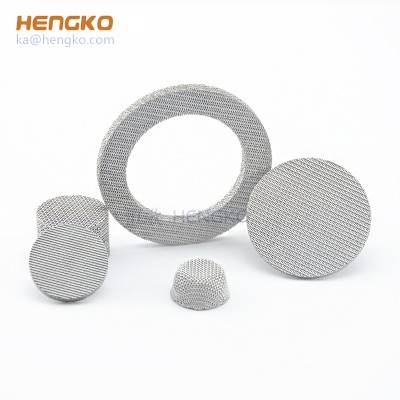
Long service life sintered stainless steel filter disc parts – pure water treatme...
Sintered Mesh filter disc uses a five-layer sintered composite mesh structure to make a filter that combines filtration efficiency with strength. Typical mes...
View Detail -
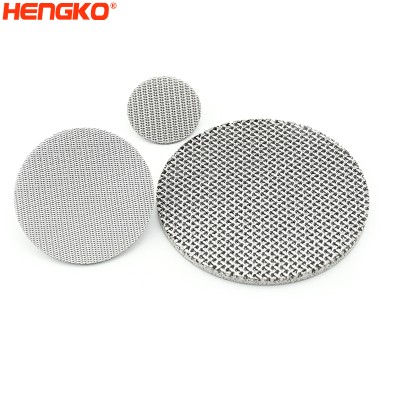
2 5 50 100 150 300 Microns porous 304 316L SS stainless steel wire sintered mesh filter...
The stainless steel sintered mesh is made of stainless steel woven mesh, and the argon-arc welding process joins the sealing surfaces of the filter element. ...
View Detail -
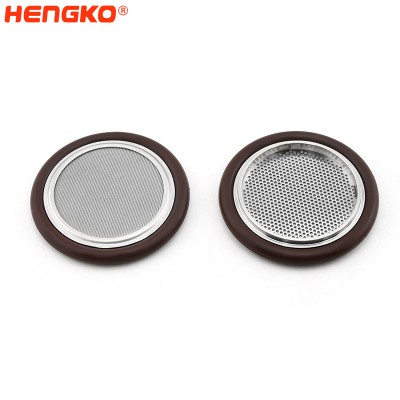
Round 25 50 100 micron sintered stainless steel wire mesh filter disc
HENGKO sintered disc filters consist of highly uniform, interconnected networks of pores with tortuous paths that trap solid particles in gas or liquid. Exce...
View Detail -
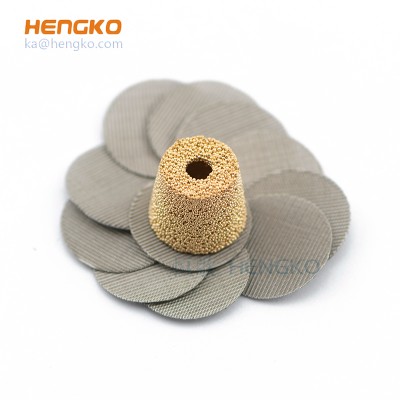
Sintered 304 316l stainless steel multilayer wire mesh micron filter screen disc
Product Description Sintered wire mesh is a multi-layer of wire mesh /metal filter cloth sintered as a whole plate by the process of sintering or diffusion...
View Detail -

5 10 20 90 120 microns sintered porous metal bronze stainless steel 316L multi-purpose ...
HENGKO manufactures filter elements in a broad range of materials, sizes, and fittings so they can be easily specified with the characteristics and configura...
View Detail
FAQ
Frequently Asked Questions About 316L Porous Metal Discs
1. What are 316L porous metal discs used for?
316L porous metal discs are used for filtration, separation, flow control, and gas diffusion in various industries such as chemical processing, pharmaceuticals, food and beverage, and water treatment. Their excellent durability and resistance to corrosion make them ideal for high-performance filtration applications.
2. Why is 316L stainless steel preferred for porous metal discs?
316L stainless steel is preferred due to its superior resistance to corrosion, especially in harsh or corrosive environments. It also offers excellent durability, temperature resistance, and chemical compatibility, making it suitable for demanding industrial applications.
3. How do I choose the right pore size for my application?
The right pore size depends on your specific filtration needs. For fine filtration, smaller pore sizes (measured in microns) are used to capture smaller particles. For coarser filtration, larger pore sizes allow greater flow rates while still providing effective filtration. It's important to match pore size to the particle size you're filtering or the desired flow rate.
4. Are 316L porous metal discs suitable for high-temperature applications?
Yes, 316L porous metal discs can withstand high temperatures, up to 500°C (932°F) or more, depending on the application. This makes them ideal for industries requiring high thermal stability, such as chemical processing and gas filtration.
5. Can 316L porous metal discs be cleaned and reused?
Yes, they are designed for easy cleaning and reuse. Depending on the application, they can be cleaned using methods such as ultrasonic cleaning, chemical washing, backflushing, or air blowback. Regular cleaning helps extend the disc’s lifespan and maintain its filtration efficiency.
6. What customization options are available for 316L porous metal discs?
At HENGKO, we offer customization in terms of size, shape, thickness, pore size, and surface treatments. We can also modify designs based on specific requirements, ensuring optimal performance in your application.
7. How long do 316L porous metal discs last?
The lifespan depends on factors like the application, environment, and maintenance. With proper use and regular cleaning, 316L porous metal discs can last for several years, providing consistent performance in demanding conditions.
8. Are 316L porous metal discs resistant to chemicals?
Yes, 316L stainless steel offers excellent resistance to many chemicals, acids, and alkalis, making these discs suitable for use in aggressive chemical environments without corrosion or degradation.
9. Can 316L porous metal discs be used for gas and liquid filtration?
Yes, they are versatile and can be used for both gas and liquid filtration. The porous structure allows for efficient filtration of fine particles, whether in air, gas, or liquid media.
10. How are 316L porous metal discs manufactured?
316L porous metal discs are typically manufactured using powder metallurgy techniques such as sintering, where metal powders are pressed and heated to form a solid structure with interconnected pores. This process allows for precise control over pore size and distribution.
If you're looking for more information or customized solutions for 316L porous metal discs,
don't hesitate to reach out!
Contact us today at ka@hengko.com for more details, product inquiries, or to explore
how we can help optimize your filtration processes with high-quality porous metal discs.
We're here to provide the right solution for your needs!
